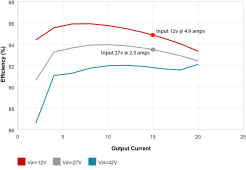Bibb
New Member
- Joined
- Jul 1, 2021
- Messages
- 6
Hi
My idea is to not buying a benchtop power supply I'll never use again after top balancing process.
Instead, I'd like to use:
Good or bad idea? Any suggestions?
My idea is to not buying a benchtop power supply I'll never use again after top balancing process.
Instead, I'd like to use:
- old computer power supply that gives me 12V (AC to DC)
- Boost converter (step-up to 14.6V) for pre-charging step (max output: 20A)
- Buck converter (step-down to 3.65V) for top balancing step (max output: 20A)
Good or bad idea? Any suggestions?
Last edited:



